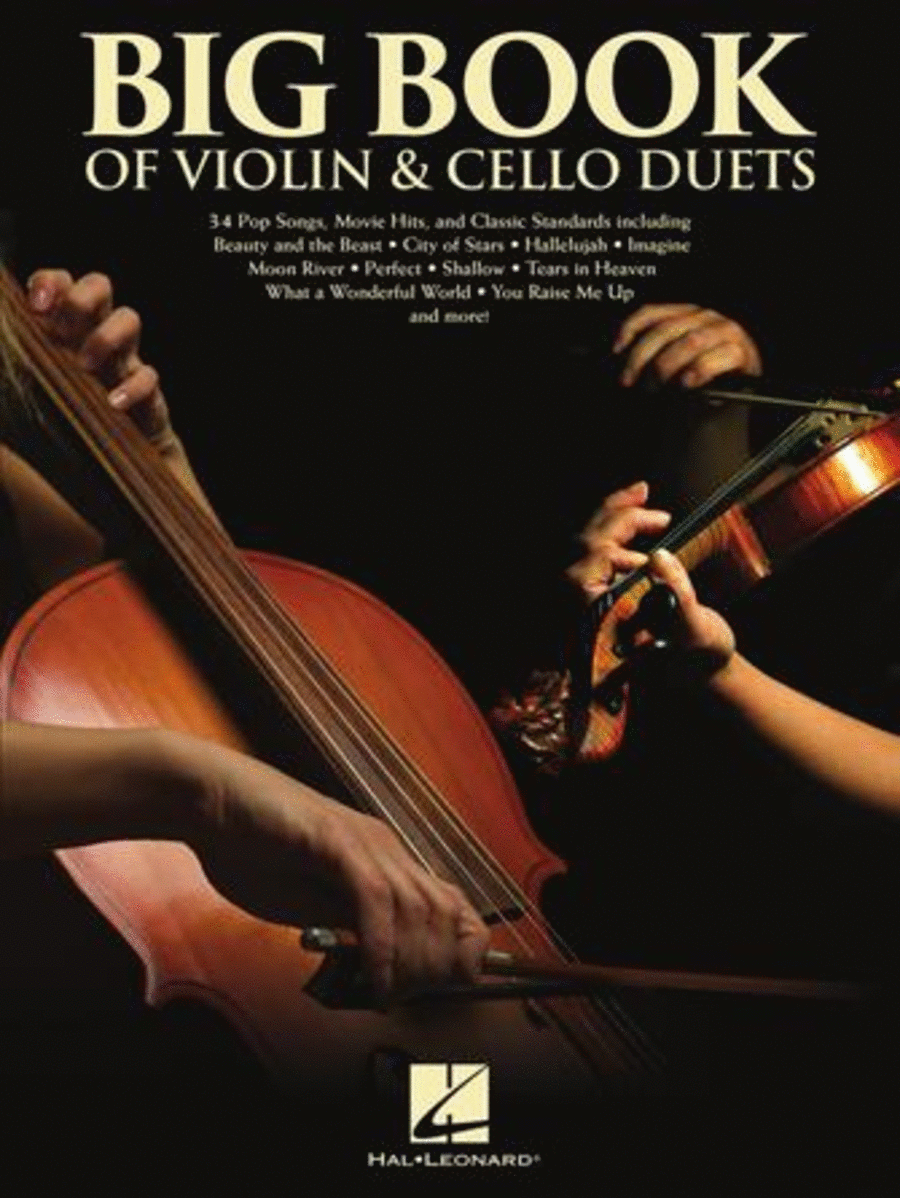Adrien-François Servais (1807 - 1866)
 Belgique
Belgique
 Belgique
BelgiqueAdrien-François Servais (6 June 1807 – 26 November 1866) was one of the most influential cellists of the nineteenth century. He was born and died in Halle, Belgium. He is one of the founders of the Modern Cellistic Schools of Paris and Madrid, which began with his friend Auguste Franchomme and his disciple Víctor Mirecki Larramat. His compositions are still being studied, performed and recorded all over the world.
Servais was originally trained as a violinist before switching to the cello ... (Read all)
Source : Wikipedia
Servais was originally trained as a violinist before switching to the cello ... (Read all)
Source : Wikipedia
FREE SHEET MUSIC CELLO - VIOLONCELLO
- Dr
Active criterias:
Search on #CELLO - VIOLONCELLO
| |||||||||||||||||||||||||

























